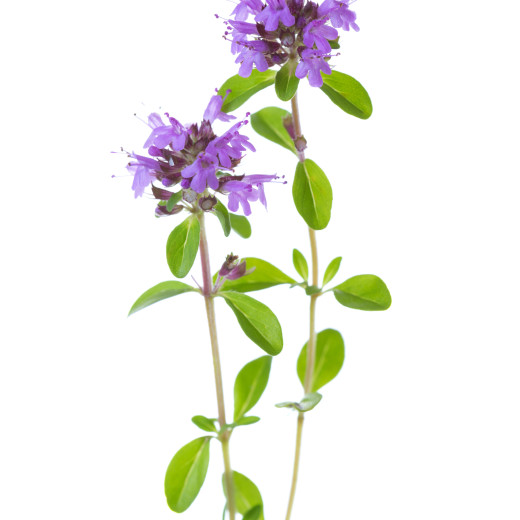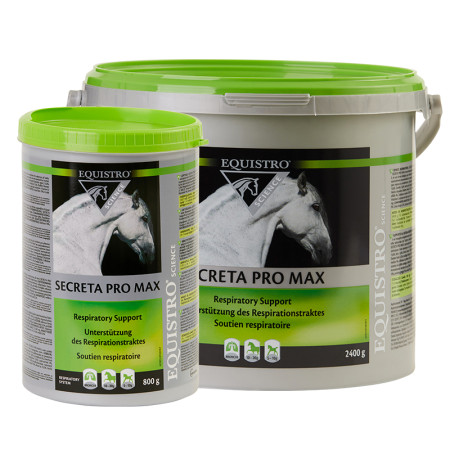
Thyme (Thymus vulgaris)
Description
Thyme (Thymus vulgaris) is one of the best-known medicinal plants for relieving respiratory diseases, especially coughs and bronchial catarrh. The aromatic, fragrant shrub plant is rich in the essential oils thymol, linalol, cavacrol and borneol.
Properties
The essential oils contained in thyme have expectorant and bronchospasmolytic properties, which can have a particularly positive effect on respiratory tract infections associated with increased secretion formation. In addition, the essential oils thymol and carvacrol contained in thyme have been described as having an anti-inflammatory effect.
Possible uses
Extracts from the essential oils (thymol) of the thyme plant can be used internally in horses to support the easier expectoration of mucus in mild respiratory infections. The extract can be used in both liquid and pelletized form.

